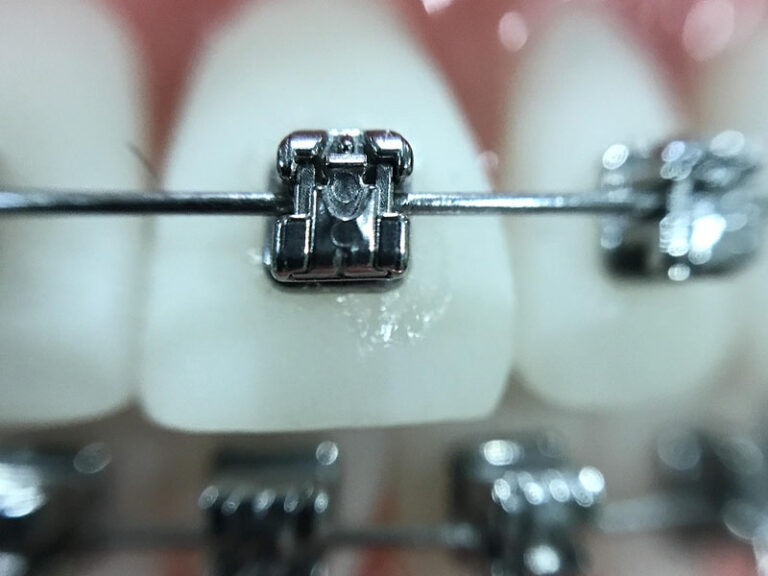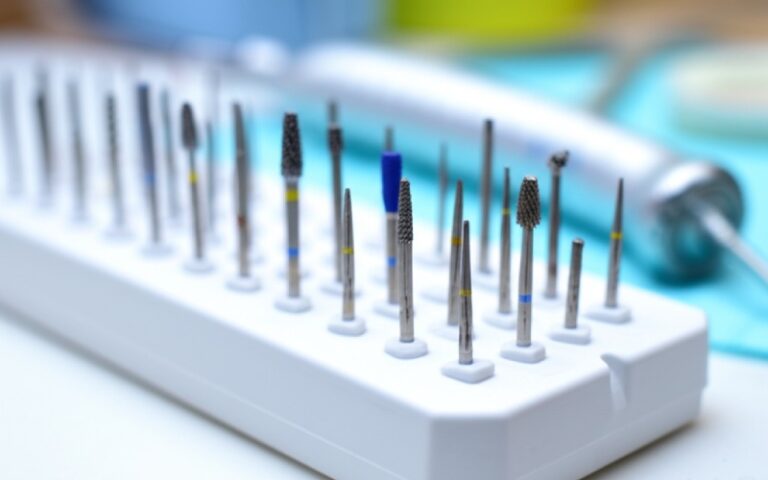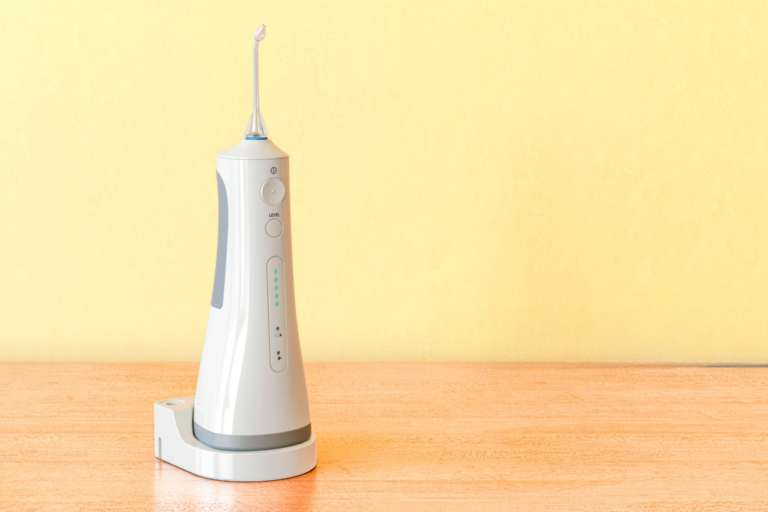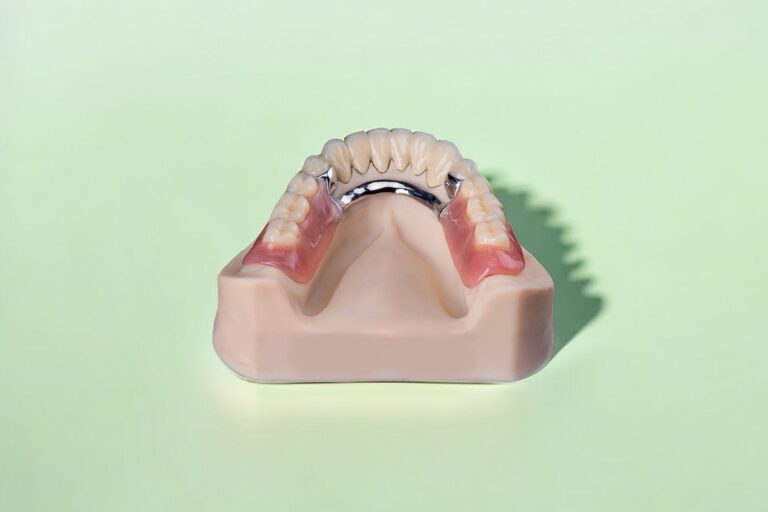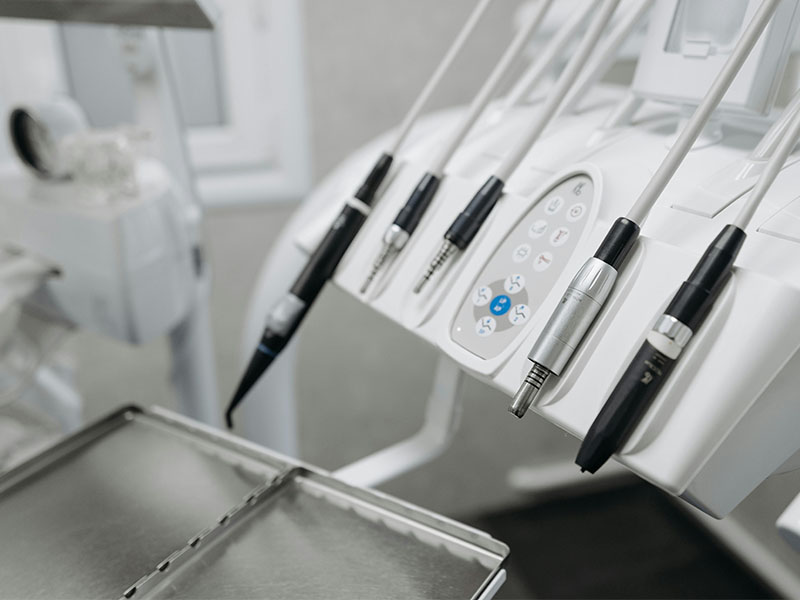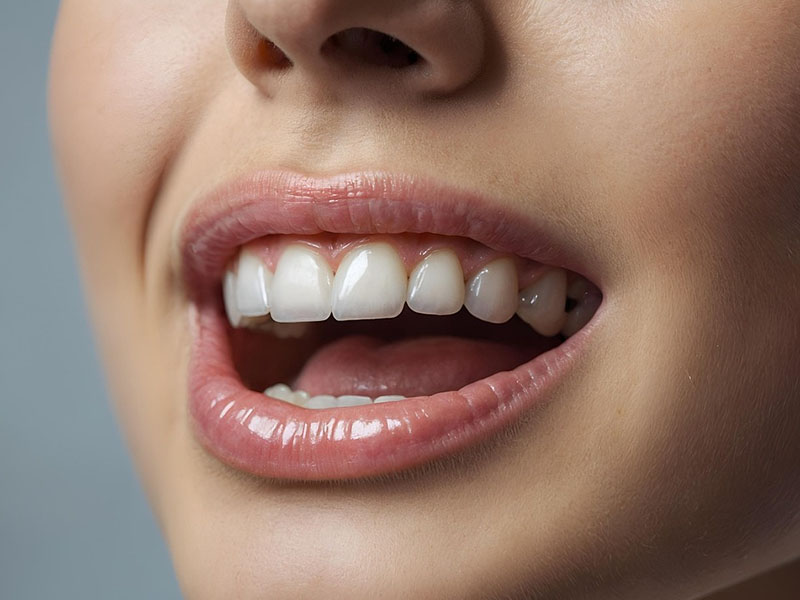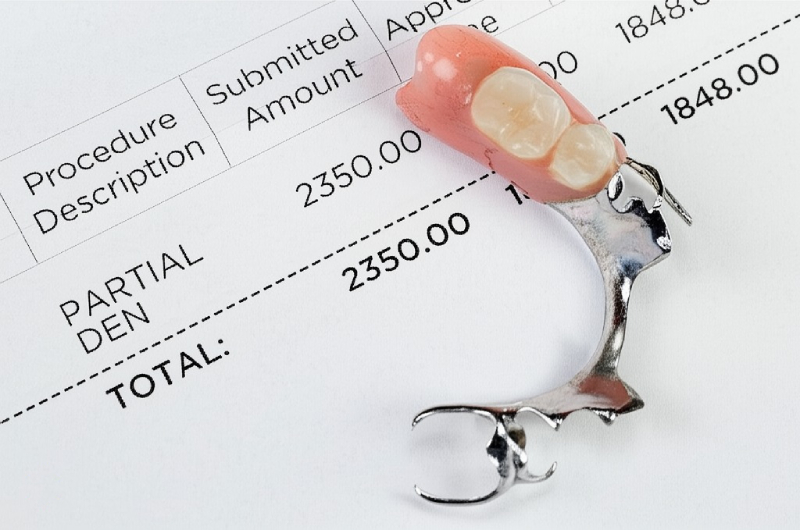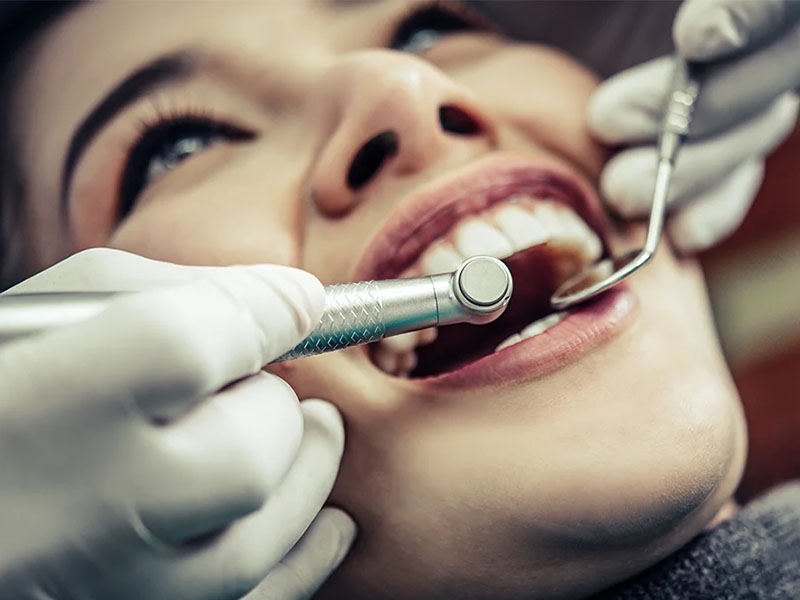
A Guide to Dental Mirrors That Fit Your Practice!
Ever held a dental mirror and thought, “How much does this little thing really matter?” If you have, you’re not the only one. For most people, dental mirrors are just something the dentist sticks in your mouth to get a better look. But for dentists and hygienists, picking the right mirror isn’t just about price or being comfy. It has a big effect on how well you see, how you feel after a full day, and how good your care is.
Let’s pull back the curtain and look at why such a small tool makes such a big difference in everyday dentistry.
Table of Contents
Why Picking the Right Dental Mirror Matters
Wondering if mirrors really matter? Here’s why they do:
- Seeing Things Clearly
A good mirror lets you see true colors and clear images. You’ll spot little cracks or early cavities before they become big problems. - Working Faster
Tired of stopping to clean a foggy mirror? Good mirrors don’t fog up as much or scratch easily. You’ll save time and stress. - Less Hand Pain
Using a heavy or badly shaped mirror all day? Expect sore hands or even bigger problems, like carpal tunnel. Lighter, comfy handles keep you feeling better. - Happier Patients
The right mirror helps you move gently and avoid poking. That means less discomfort and a smoother visit for your patients.
The Parts of a Dental Mirror: Head, Stem, and Handle
Let’s break it down:
- The Mirror Head
This is the round part that does the reflecting. The stuff it’s made from and its shape can change how much and how well you see. - The Stem
The middle part, connecting the head and handle. American and European threads don’t fit each other—know what you use. - The Handle
The part you hold. Some are metal, some are plastic or squishy rubber. Look for comfy grips that don’t make you squeeze too hard.
Front or Rear Surface? The Basics, Simply Put
Here’s a quick rundown.
Front Surface Mirrors
The shiny part is right up front.
- Good things:
- No double or blurry images.
- Super sharp.
- Great for examining teeth or doing delicate work.
- Not so good:
- Can scratch easier.
- Costs more.
Rear Surface Mirrors
The shiny part is behind the glass (think home bathroom mirror).
- Good things:
- Tougher and stays scratch-free longer.
- Cheaper.
- Not so good:
- Sometimes you’ll see shadows or faint double images.
- Not as crisp as front surface mirrors.
In short? For super detailed work, pick front surface. For quick checks or holding cheeks back, rear surface is fine.

Mirror Coatings and Why They Count
After you pick front or rear, you’ve got coating options.
- Rhodium-Coated:
The best out there—reflects a lot of light, colors look right, lasts long, doesn’t rust. - Titanium-Coated:
Almost as clear as rhodium but even tougher. Good if you’re hard on your tools. - Chromium-Coated:
Cheaper, tough, but colors can look a bit dull. - Crystal HD® and High-Def:
The top of the line—very bright and shows colors perfectly. Great if you do cosmetic work or take a lot of dental photos.
Mirror coatings are kind of like camera lenses. Better coatings give you a clearer look at what matters most.
Figuring Out the Right Size and Shape
Mouths—and jobs—aren’t all the same. Here’s what you should know:
- Standard Sizes:
- #3 (20mm): Good for kids or small spaces in the mouth.
- #4 (22mm): The one most people use every day.
- #5 (24mm): Bigger, good for holding back cheeks or lips.
- Special Types:
- Occlusal/Buccal: Long and thin, perfect for photos.
- Micro-mirrors: Tiny, lets you peek in tight spots.
- Double-sided: Lets you look at two angles without switching mirrors.
Just like using the right tool for the job, it pays to have the right size mirror ready.
Handle Design & Comfort: The Little Things Matter
That handle may not look special, but over time it really matters.
- Plastic or Rubber Handles:
Lightweight, often wider, easier on your hand. They also don’t get too hot in the sterilizer. Dental hygienists love these. - Metal Handles:
Heavier but super sturdy.
Tip: Hand or wrist sore? Try a lighter, thicker, grippy handle. Your hands will thank you later.
How to Clean and Take Care of Your Dental Mirrors
Treat your mirrors right—just like your glasses. Scratches or smudges make them useless.
- Clean gently with special wipes or an ultrasonic machine.
- Sterilize them the way the maker says. Some handles don’t like a lot of heat!
- Keep them in trays or cases during cleaning to avoid scratching.
- Replace them when they get scratched or no longer look clear, even after cleaning.
A minute spent caring for your mirrors keeps them working well and saves you money.
Quick Selection Checklist For Every Type of Practice
What kind of practice do you have? Here’s a quick guide:
- General/Family:
Use sizes #4 and #5 front-surface rhodium or good high-def mirrors for exams. Grab a few tough rear-surface mirrors for retraction. - Endodontic (Root Canal) Work:
Invest in front-surface micro-mirrors. They make those small jobs easier. - Cosmetic or Photos:
High-def occlusal/buccal mirrors will make your before-and-after pictures shine. - Comfort-First Clinics:
Go for lightweight rubbery handles with wide, easy-to-hold grips.
Questions People Ask About Dental Mirrors
Are pricier rhodium mirrors worth it?
If you need detail—definitely. You’ll see better and make fewer mistakes. Doing basic work or on a budget? Cheaper mirrors are fine.
How often should I get new mirrors?
Any time you find a scratch, fog, or dull spot that won’t go away, replace your mirror. Heavy users do this every year. Others less often.
What’s a good, all-around starter mirror for a new dentist?
Get some #4 or #5 front-surface rhodium mirrors for exams, and a few rear-surface mirrors for basic work.
Can I sterilize all handles?
Most handles can be sterilized, but double-check, especially with rubber or plastic. Too much heat can melt or warp them.
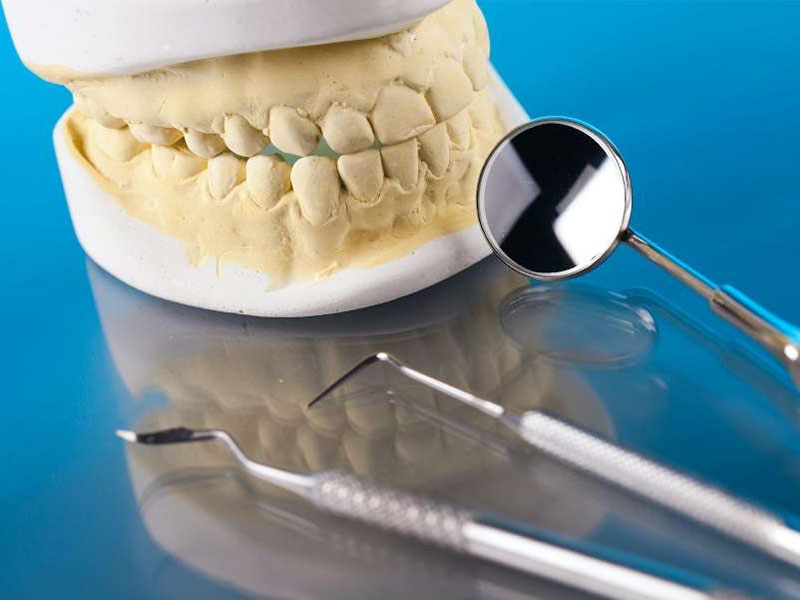
Your Healthy Takeaway – How to Pick Wisely
Dentists never get excited about mirrors, but you use one every day. Picking the right mirror for your hand and work makes you a better dentist. You’ll work faster, see more, and finish the day less tired.
Fast Recap:
- Pick front-surface, high-def, or rhodium for exams, rear-surface for simple checks.
- Use different sizes and shapes for different jobs.
- Comfort matters—your hands do all the work!
- Treat mirrors with care and they’ll last longer.
What to Do Next:
Ready for an upgrade? Take this cheat sheet to your dental supplier and ask to test a few mirrors. Or chat with a rep about what’s new. The clearer your view, the easier your job—and the happier your patients.
For questions about certain brands or mirrors, ask the American Dental Association (ADA) or talk to experienced friends or coworkers. Not sure where to start? Your local dental supply rep can help you pick what fits you best.
Here’s to sharper vision, pain-free hands, and smiles all around!

